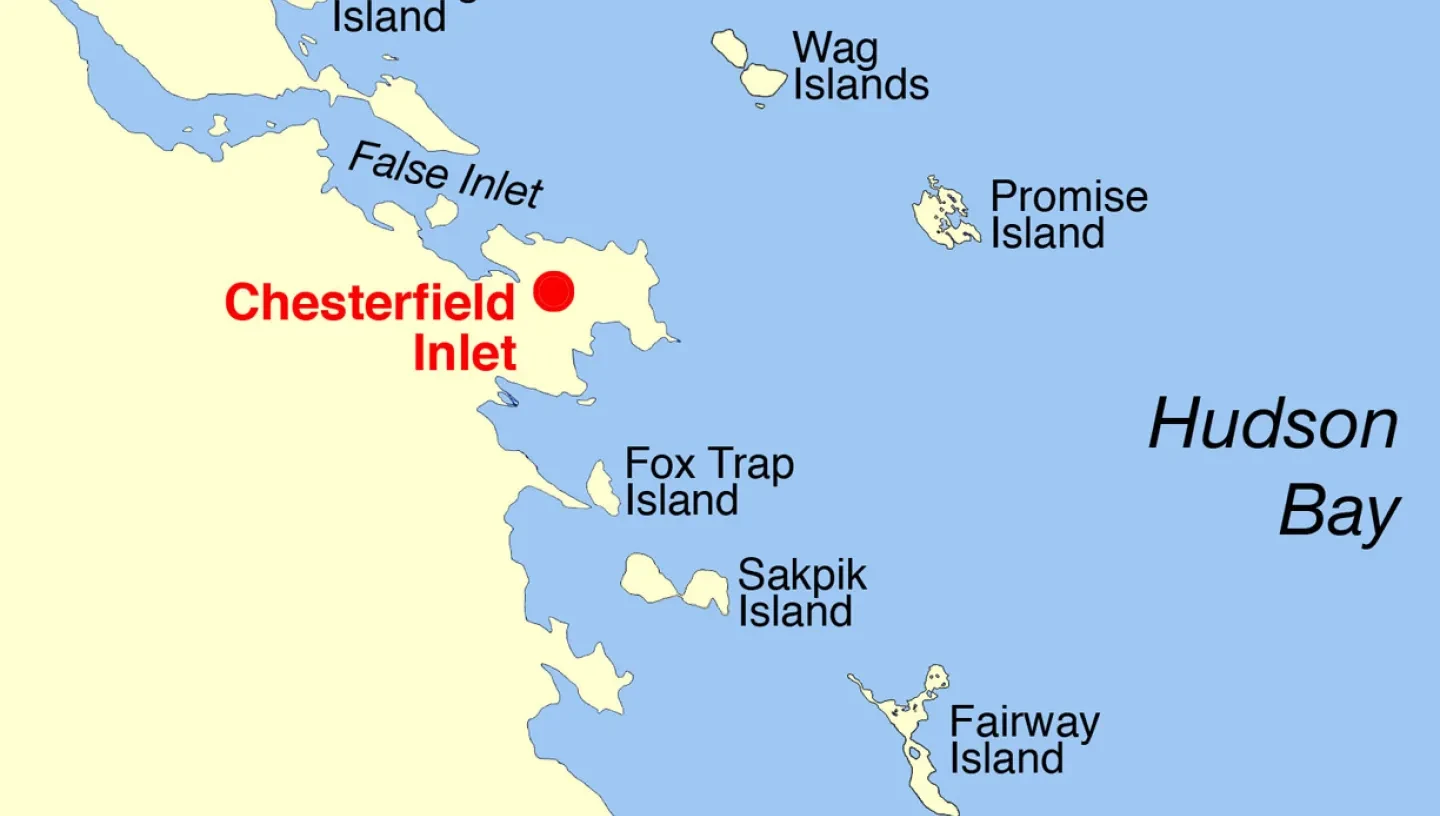
William Moor North-West Passage expedition 1741–42
In 1741, Anglo-Irish MP Albert Dobbs commissioned William Moor to search for the North-West Passage, in a bid to strengthen Britain’s trade routes.
Dobbs had previously commissioned explorer Christopher Middleton for the same journey but it had not been a success. Dobbs was keen to find the North-West Passage to ensure Britain’s dominance as a leading sea power and to prevent the Hudson’s Bay Company, in Canada, from monopolising trade.
William Moor, on the Dobbs Galley, accompanied by Francis Smith, in charge of the California, set sail for Wager Bay, at the north-west end of Hudson Bay. Despite being sceptical initially of Dobbs's assertion that the North-West Passage would be found there, Moor was encouraged to make the journey by a £20,000 reward, offered by the British parliament.
A bad winter
It took a month for the expedition to get through the ice of the Hudson Strait. The ships explored only for a few days, visiting Marble Island, before deciding to winter north of York Factory, a post of the Hudson Bay Company, at Ten Shilling Creek. The winter was not a happy one. Moor and Smith were constantly arguing and seven of the crew died of scurvy.
Chesterfield Inlet
When the expedition set sail again they were rewarded with the discovery of Chesterfield Inlet, on the western shore of Hudson Bay, although they did not enter it. On 29 July the ships were swept into Wager Bay by a powerful tidal flow, spinning the California around and crashing huge pieces of ice into her hull. The bay was navigated for 150 miles but Christopher Middleton’s previous conclusion that it was no part of the North-West Passage was borne out. The bay ended in two small, unnavigable rivers.
The ships limped back to England affected by poor health and the ever-present threat of mutiny, and they reached the Thames in October 1742. Unsurprisingly, Dobbs was not happy with Moor’s findings and accused him of ‘timidity, ill conduct and bad inclinations’.